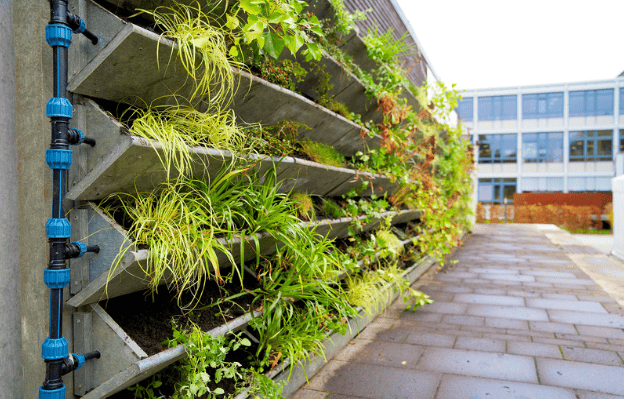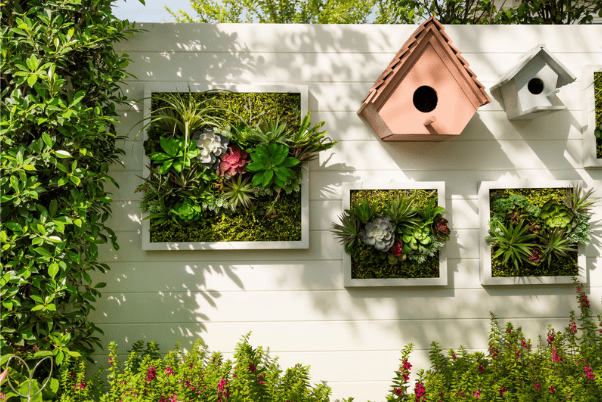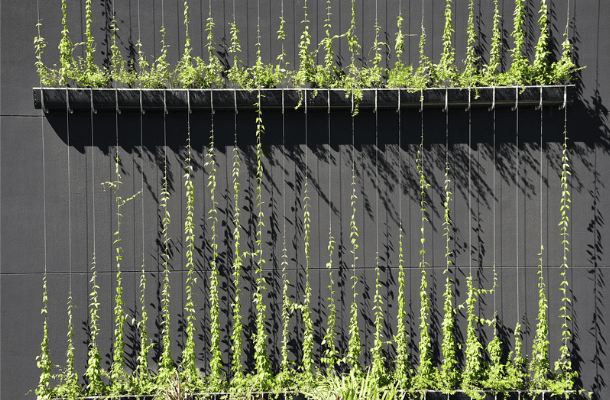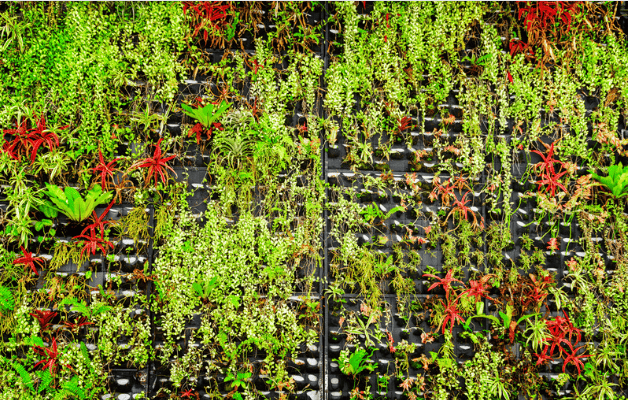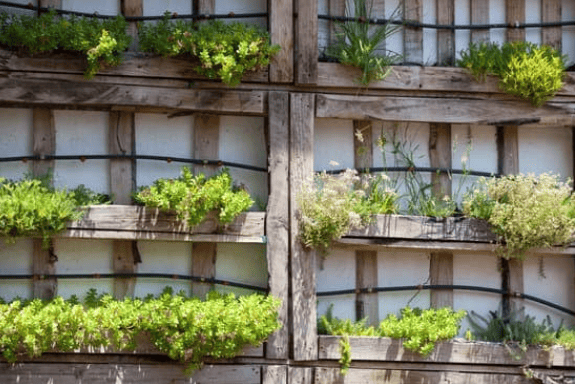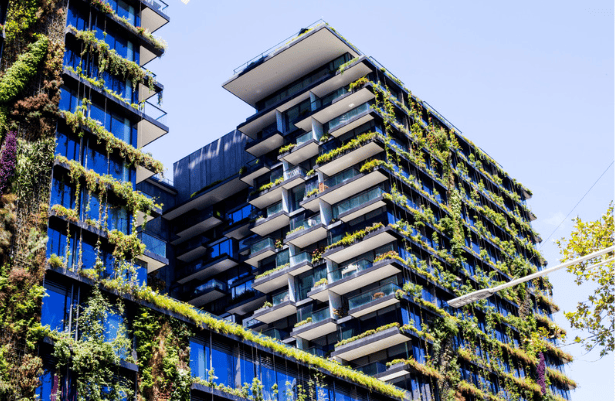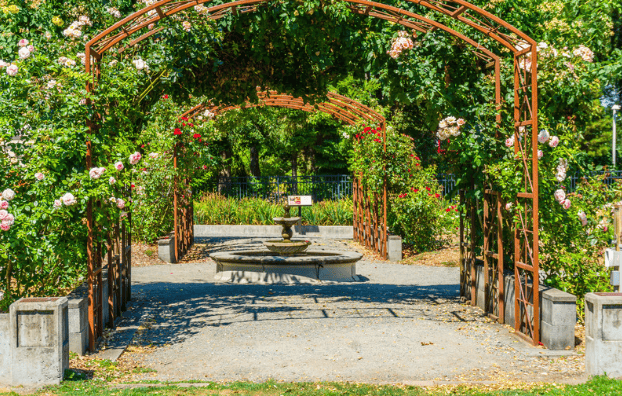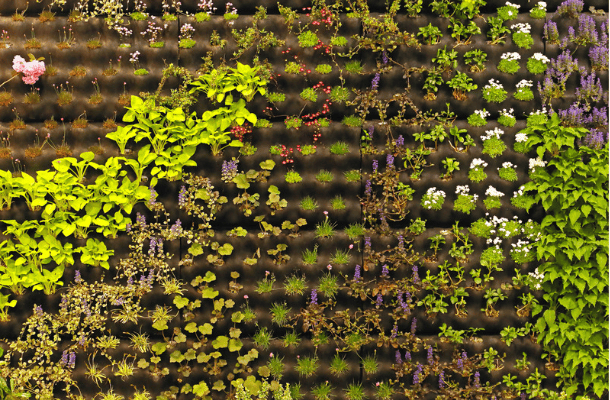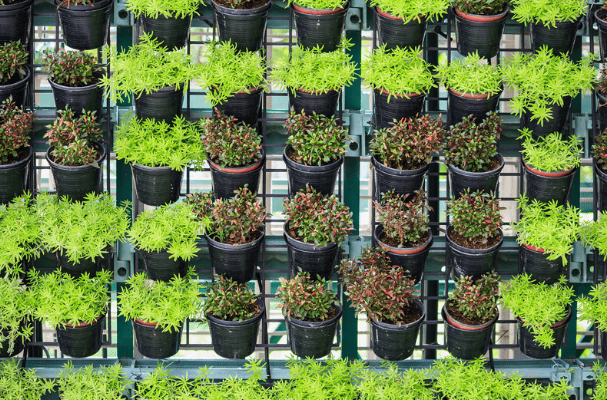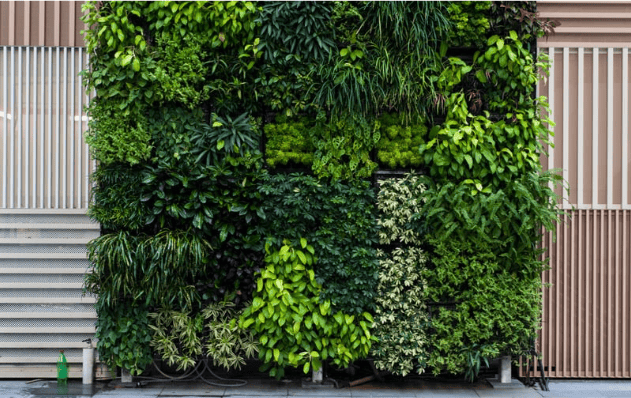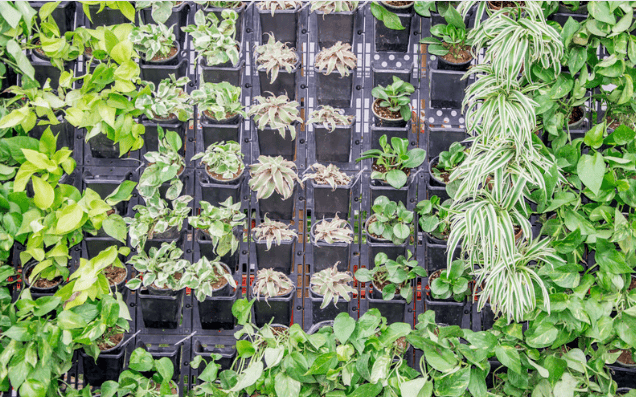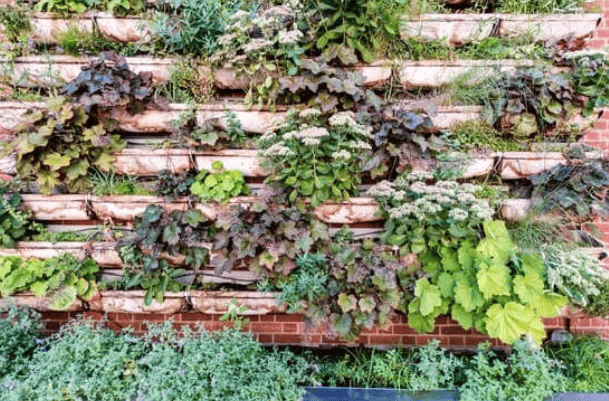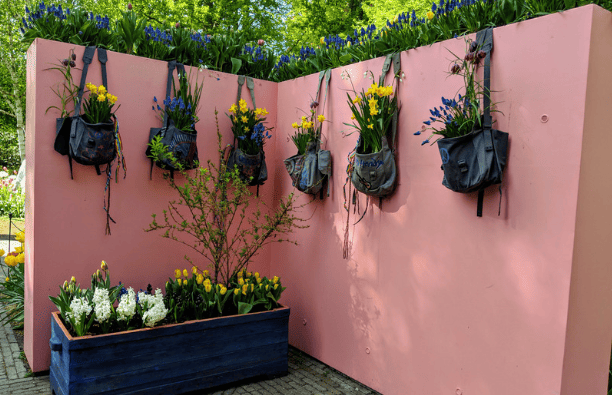Vertical Gardening
Vertical Gardening: Tips and Ideas for Beginners
Vertical gardening is a revolutionary approach that transforms limited horizontal space into lush, productive green areas. By embracing vertical planting techniques, you can create a thriving green oasis even in compact spaces. This method maximizes garden space by utilizing vertical surfaces such as walls and fences, allowing you to grow more plants in less area. The result is healthier plants with improved air circulation and reduced risk of soil-borne diseases.
Starting your own vertical garden involves several key steps. Choose plants that thrive in your local climate and are suitable for vertical growth, such as herbs, succulents, and trailing plants. Select a vertical gardening structure that fits your space, whether it’s wall-mounted planters, hanging pots, or custom-built living walls. To ensure stability, secure your planters with hose clamps or other sturdy fixtures. Efficient irrigation is crucial, so consider installing a drip irrigation system or using self-watering planters to maintain proper moisture levels.
Get creative with your vertical garden by incorporating living walls. When attached directly to wall surfaces, living walls create a striking visual impact. Utilize vertical garden systems like trellises or wall-mounted pockets to grow a variety of plants, from vegetables to flowers.
Additionally, installing window boxes on the exterior of your home can bring greenery to your windows and further optimize your garden space. Embrace the potential of vertical gardening to enhance your surroundings, provide fresh produce, and improve air quality.
What is Vertical Gardening?
Vertical gardening involves growing plants upwards using various structures and methods, allowing you to make the most of wall space and other vertical surfaces. This innovative approach not only saves horizontal space but also enhances the aesthetic appeal of your garden, whether it’s a backyard, patio, or even an indoor area. By incorporating vertical planting techniques, you can transform small spaces into lush, green retreats.
Utilizing structures like planter boxes and living walls, you can create a vibrant vertical garden that allows plants to grow vertically. This method is particularly beneficial for maximizing garden space in compact areas. With the right setup, plants can flourish and contribute to both the beauty and functionality of your space. Embrace vertical gardening to make the most of every inch, whether you’re enhancing your outdoor garden or adding a touch of green to indoor spaces.
Benefits of Vertical Gardening
Maximizes Limited Space
Vertical gardening is perfect for small spaces. By growing plants vertically, you effectively use wall space and other vertical structures, making the most of your garden area.
Aesthetic Appeal
Vertical gardens can transform plain walls or fences into vibrant green spaces, adding beauty to any area. Living walls and green walls provide an eye-catching feature that enhances curb appeal and garden rooms.
Improved Air Quality
Plants help filter pollutants and release oxygen. Vertical gardens contribute to healthier air quality, making your environment more pleasant.
Increased Food Production
Vertical gardening structures allow you to grow vegetables and herbs in compact areas. Climbing plants like vine tomatoes and pole beans can produce a bountiful harvest without requiring extensive ground space.
Enhanced Privacy
A vertical garden can act as a natural privacy screen, creating a secluded space in your yard or garden.
Choosing the Right Vertical Gardening Structures
Wall-mounted Planters
Wall-mounted planters are an excellent way to start your vertical garden. These planters attach directly to walls, making them ideal for small spaces where traditional garden beds may not fit. They provide a perfect environment for plants to grow vertically, allowing you to maximize your use of space.
Wall-mounted planters are versatile and work wonderfully for growing herbs, flowers, and even small vegetables. As plants grow, they can be arranged to leave space between them, ensuring that each one has ample room to flourish. This method not only optimizes your gardening area but also adds a touch of greenery to any wall, transforming it into a vibrant, living display.
Trellises and Fences
Trellises and fences are perfect for supporting climbing plants and vining tomatoes, offering a practical solution for vertical gardening. These structures provide essential support for plants to grow vertically, allowing you to maximize garden space in small space.
By integrating trellises and fences into your garden, you can create stunning green walls that enhance both the aesthetics and functionality of your space.
These vertical supports are ideal for tomatoes and other climbing plants and can accommodate a variety of other plants. Utilizing trellises and fences effectively transforms limited space into lush, vibrant areas, making room for more plants and optimizing your garden’s potential.
Hanging Baskets and Planters
Hanging baskets and planters offer exceptional flexibility in vertical planting. By suspending them from ceilings, walls, or hooks, you can effectively utilize vertical space and enhance your garden’s layout. These versatile containers are perfect for growing flowers, herbs, and trailing plants, allowing them to grow vertically and create a lush, cascading effect.
Hanging baskets and planters also complement other vertical gardening solutions like living walls, trellises, and fences, adding dimension and beauty to your garden. They help free up ground space, making room for more plants and optimizing the use of available space. Additionally, incorporating hanging pots with planter boxes can further enhance your vertical garden, creating a vibrant and dynamic green space.
DIY Vertical Garden Ideas
For a personalized touch, consider DIY ideas such as using mason jars, cattle panels, or planter boxes. These creative solutions allow you to customize your vertical garden to fit your style and needs.
Vertical Planters and Structures
Vertical planters and structures like zip-tie planters and wall-mounted planters can be used to create a vertical growing system. Sturdier structures, such as those made with wood or metal, offer support for heavier plants and can accommodate a variety of plant types.
Selecting Plants for Vertical Gardening
1. Climbing Plants
Climbing plants are ideal for vertical gardening. Perennial vines like ivy, climbing roses, and hyacinth beans can quickly cover vertical structures, creating a lush green wall.
2. Vegetables and Herbs
Vegetables like pole beans, vine tomatoes, and strawberries are well-suited for vertical gardening. Herbs such as basil, mint, and thyme also thrive in vertical planters.
3. Flowers
Incorporate flowers into your vertical garden to add color and beauty. Options like petunias, nasturtiums, and cascading geraniums work well in hanging baskets and wall-mounted planters.
4. Succulents and Small Plants
For indoor vertical gardens or small spaces, succulents and other small plants are excellent choices. They require minimal maintenance and can thrive in less space.
Setting Up Your Vertical Garden
1. Choosing the Location
Select a location that provides the appropriate light conditions for your plants. Full sun areas are ideal for sun-loving plants, while shaded spots may be better for herbs and shade-tolerant plants.
2. Preparing the Soil
Use high-quality potting soil that provides good drainage. Vertical gardens often require more frequent watering, so choose a soil mix that retains moisture without becoming waterlogged.
3. Installing the Vertical Structure
Securely install your chosen vertical structure. Attach wall-mounted planters, trellises, and hanging baskets firmly to ensure stability. For DIY projects, ensure that the structure can support the weight of the soil and plants.
4. Planting and Watering
Plant your chosen species according to their needs. Most plants will thrive if given the right amount of water, sunlight, and nutrients. Due to the reduced soil volume, vertical gardens often require more frequent watering, so keep a close eye on moisture levels.
5. Maintenance and Care
Regular maintenance is key to a successful vertical garden. Prune plants as needed to encourage healthy growth and prevent overcrowding. Check for pests and diseases, and ensure proper air circulation to keep your plants healthy.
Creative Ideas for Vertical Gardens
1. Herb Wall
Create a vertical herb garden in your kitchen or outdoor space. Use wall-mounted planters or hanging planters to grow fresh herbs like basil, thyme, and parsley.
2. Vertical Vegetable Garden
Grow vegetables like lettuce, spinach, and cherry tomatoes using vertical structures such as trellises and wall-mounted planters. This approach allows you to enjoy homegrown produce even with limited space.
3. Succulent Vertical Garden
Arrange a variety of succulents in a wall-mounted planter or frame to create a stunning, low-maintenance living wall. Due to their minimal water needs and compact growth, succulents are perfect for vertical gardening.
4. Flowering Green Wall
Design a vertical garden with a mix of flowering plants. Annuals and perennials like petunias, begonias, and climbing roses can create a vibrant, colorful display.
5. DIY Vertical Planters
For a unique touch, create your vertical planters using materials like mason jars, cattle panels, or repurposed wood. These DIY ideas can be tailored to fit any space and budget.
Troubleshooting Common Issues
1. Watering Challenges
Vertical gardens often require more frequent watering due to their limited soil volume. Ensure that your plants receive adequate moisture without becoming waterlogged. Consider using an irrigation system or self-watering planters to manage watering more effectively.
2. Pest Control
Pests can affect vertical gardens just as they do traditional gardens. Check for signs of pests and diseases regularly. Address infestations with natural pest control methods or insecticidal soap.
3. Plant Health
Ensure your vertical garden provides optimal growing conditions for your plants. Monitor for signs of nutrient deficiencies, overwatering, or insufficient sunlight. Adjust care practices as needed to keep your plants healthy.
Conclusion
Vertical gardening is a fantastic way to make the most of your garden space, whether you’re working with a small yard or an urban apartment. By choosing the right structures, plants, and care practices, you can create a beautiful and productive vertical garden. Explore DIY ideas, experiment with different plant combinations, and enjoy the many benefits of vertical gardening.
For more information and gardening solutions, visit ABC Home and Commercial. Our experts are here to help you transform your gardening space into a thriving oasis.
